Fill out the form below and our team will be with you in no time.
Need help?
Read mode

Today we’re diving into some of the best examples of gamified learning platforms.
Especially those, built for kids and families.
These five platforms prove that curiosity, play, and progress can live happily in the same digital space.
Each of them turns lessons into quests, stories, and delightful little “AHA!” moments that kids (and often their parents) can’t resist.
If you’re thinking about building your own gamified learning experience, these examples are the perfect places to start exploring.
Gamified learning platforms turn education into a game-like experience.
Instead of reading lessons or watching tutorials, users actively participate — completing challenges, earning points, unlocking badges, and tracking progress.
They’re built to make learning addictive in the best way possible.
Each activity rewards curiosity and effort, turning lessons into stories and goals into achievements.
From schools and universities to brands and family-focused programs, gamified learning platforms bring together three things that rarely coexist online: learning, play, and real engagement
Google’s AI Quests are a perfect example of how education meets adventure — and honestly, it’s hard not to get excited about it (trust me, just spent 30 min learning about AI flood monitoring).
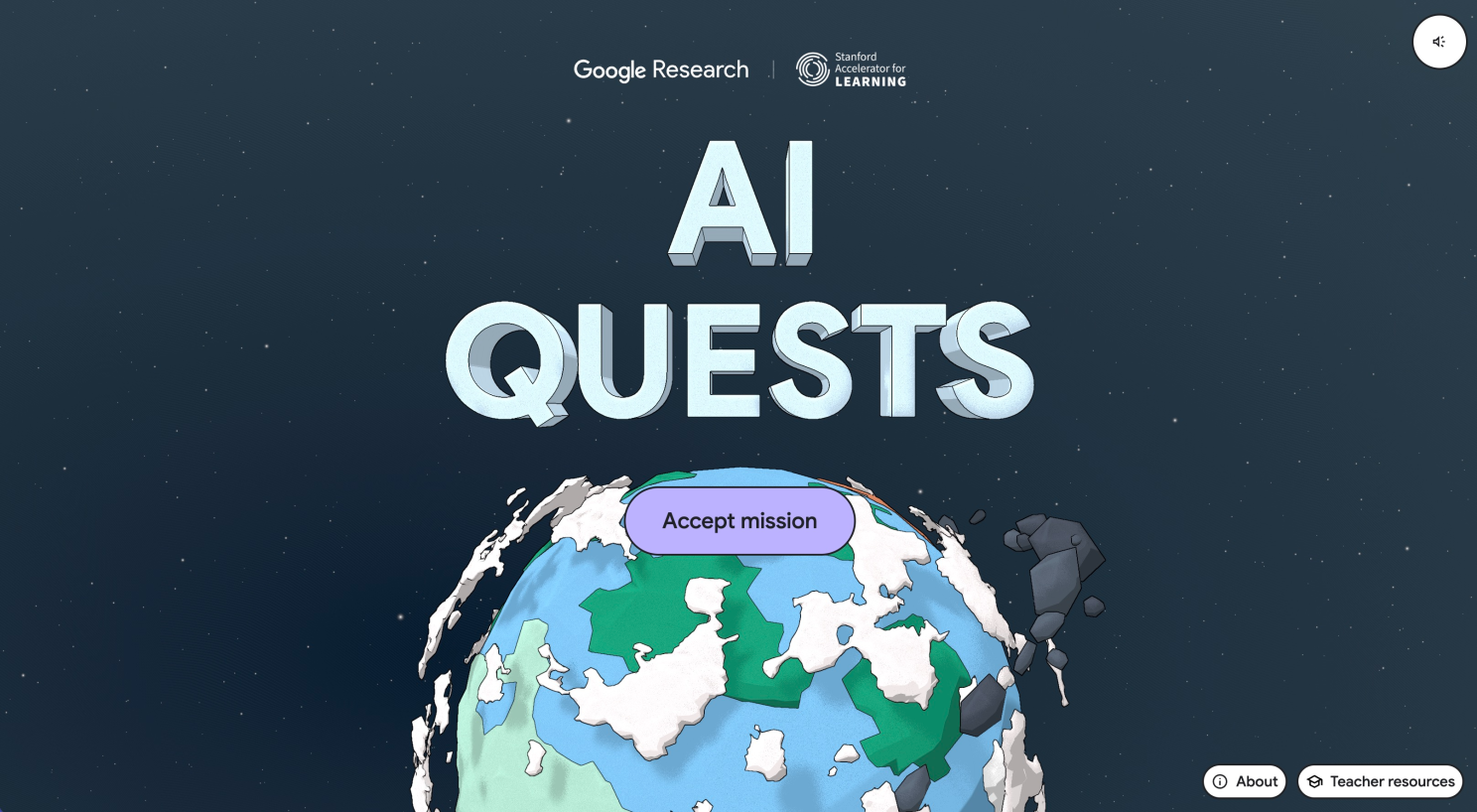
Google Ai Quests
This free, story-driven experience transforms tweens and teens into real-life AI explorers.
Instead of reading about artificial intelligence, people get to use it — collecting data, testing models, training simple neural networks, and watching how their choices ripple through each scenario.
Each mission feels like a slice of a sci‑fi movie co-created with Google researchers, full of challenges, achievements, and tiny eureka moments that make learning feel alive.
It’s learning by doing, by experimenting, and by discovering — all wrapped in an immersive adventure that’s far more mission than module.
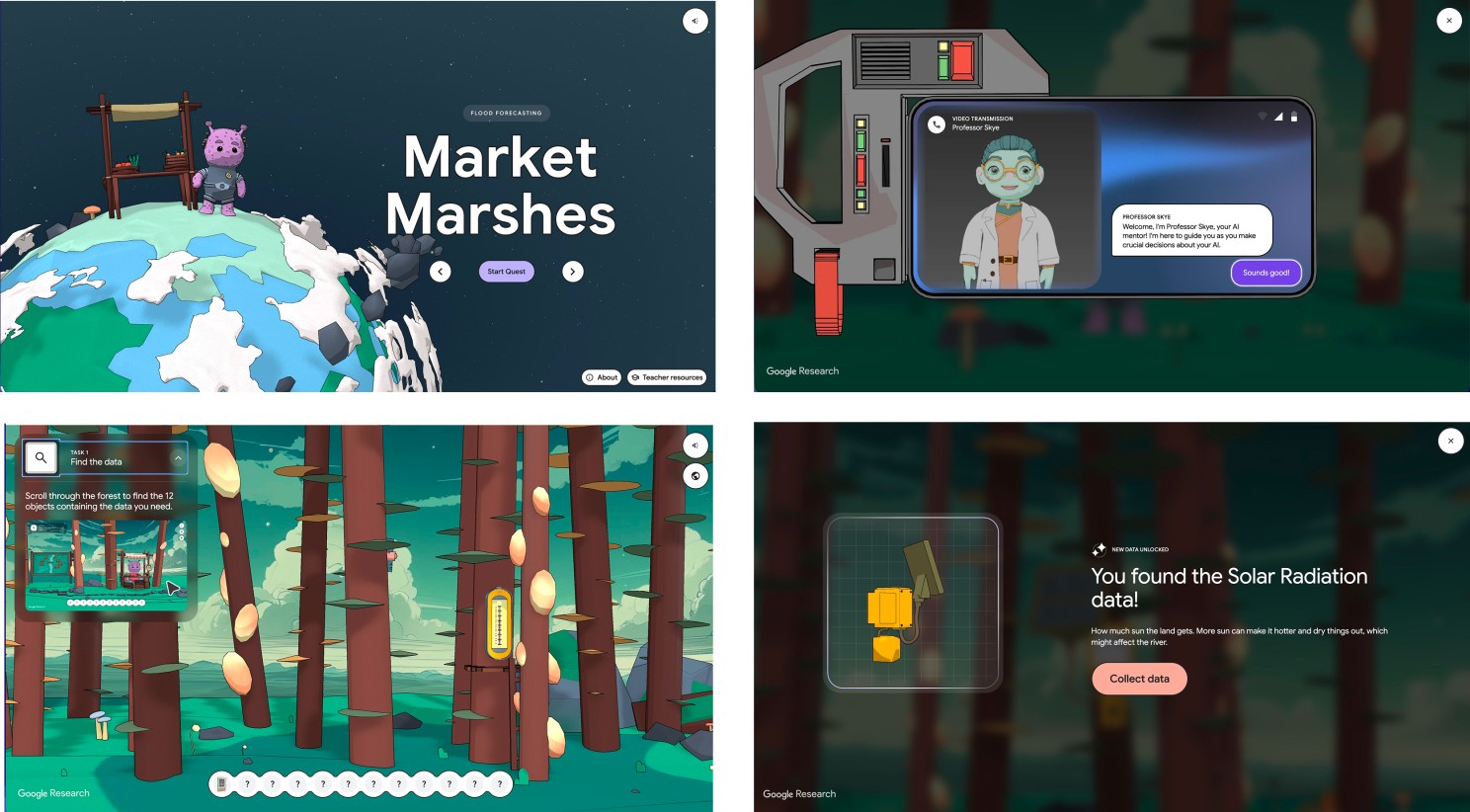
Google AI Quests
The Platform blends scientific curiosity with storytelling.
Each challenge is short, rewarding, and offers immediate feedback.
Players get to see how their actions change outcomes — that powerful cause-and-effect loop that keeps them in the flow.
Explore the Google AI Quests Platform
Imagine your math homework turned into a full-on fantasy role-playing game.
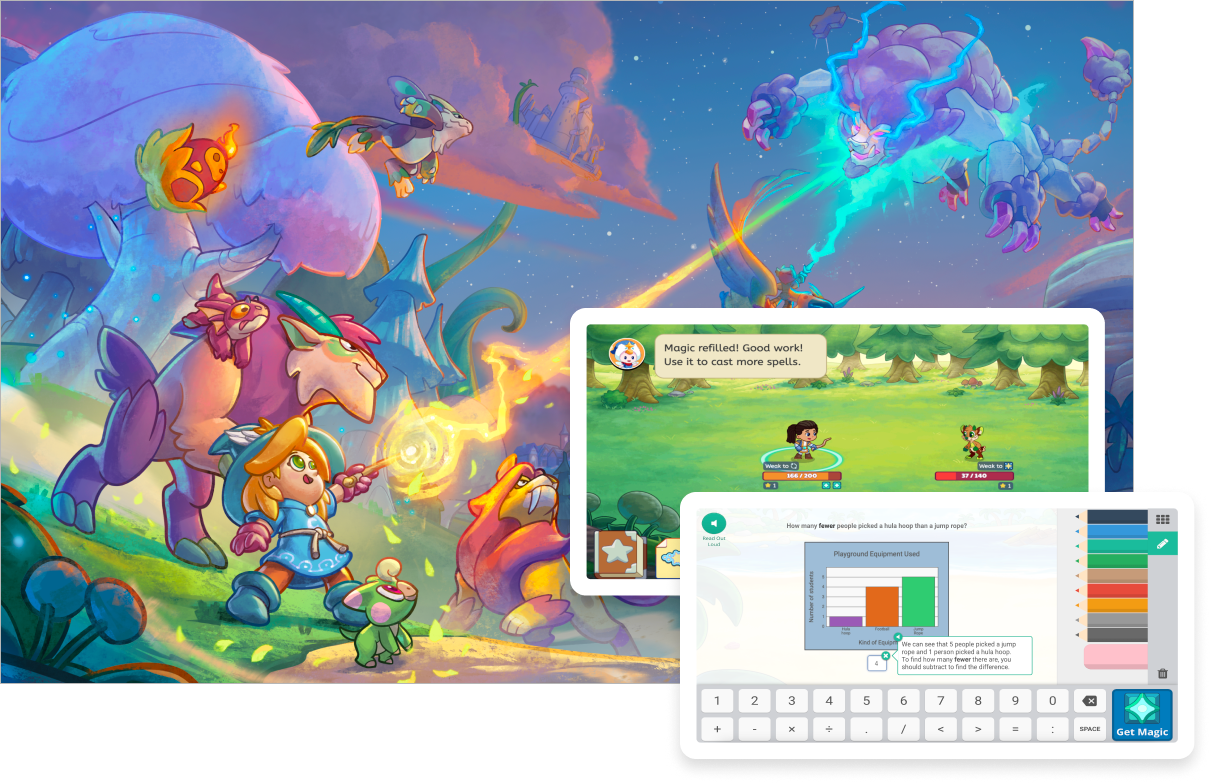
Prodigy Math Platform
Players design their own characters, take on quests, and battle monsters across rich story-driven worlds.
Every battle is powered by math: to attack, defend, or unlock special powers, players must solve curriculum-aligned equations. The game tracks progress and difficulty adjusts as they grow, keeping both challenge and excitement in balance.
Teachers can create virtual classrooms inside Prodigy, set topics, and monitor performance dashboards in real time. Parents can follow their child’s progress and even reward effort with in-game perks.
The whole system blends entertainment and pedagogy so smoothly that it becomes a shared learning experience — where parents see measurable results and kids see adventure.
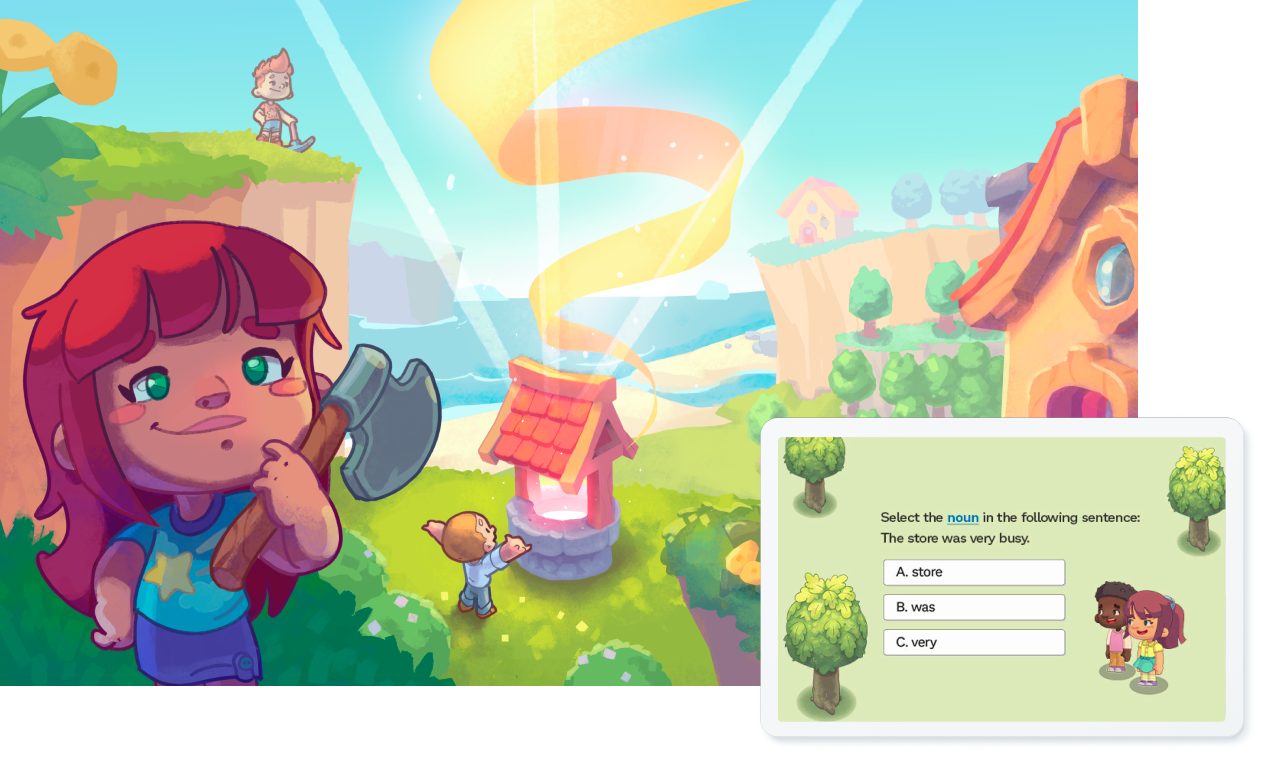
Prodigy Math Platform
Prodigy nails the balance between entertainment and education pretty good.
Kids aren’t solving problems for a grade; they’re saving worlds, unlocking outfits, and leveling up pets. That intrinsic motivation keeps them returning voluntarily, often practicing hundreds of problems a week.
The game layers multiple engagement hooks — quests, collectibles, leaderboards, social play — that speak to different learner personalities.
Repetition becomes mastery through story and strategy, proving that when done right, gamification doesn’t just make learning fun — it makes it irresistible. The visible sense of progress — XP points, gear upgrades, and quests — builds a real feeling of achievement.
Explore the Prodigy Math Game Platform
Spletne Brihte is a project close to our hearts. Built for A1 Slovenia, it turns digital literacy into a shared family journey.

Spletne brihte Platform
Kids explore lessons about online safety and creativity through fun challenges, while parents gain practical tools to guide their children’s difaProdigy Math Gamemifiegital habits. Teachers, meanwhile, get structured materials for classrooms — all inside one cohesive, gamified ecosystem.
It’s not a one-off campaign, but a living platform that evolves.
The design encourages return visits and rewards progress across different audience types.
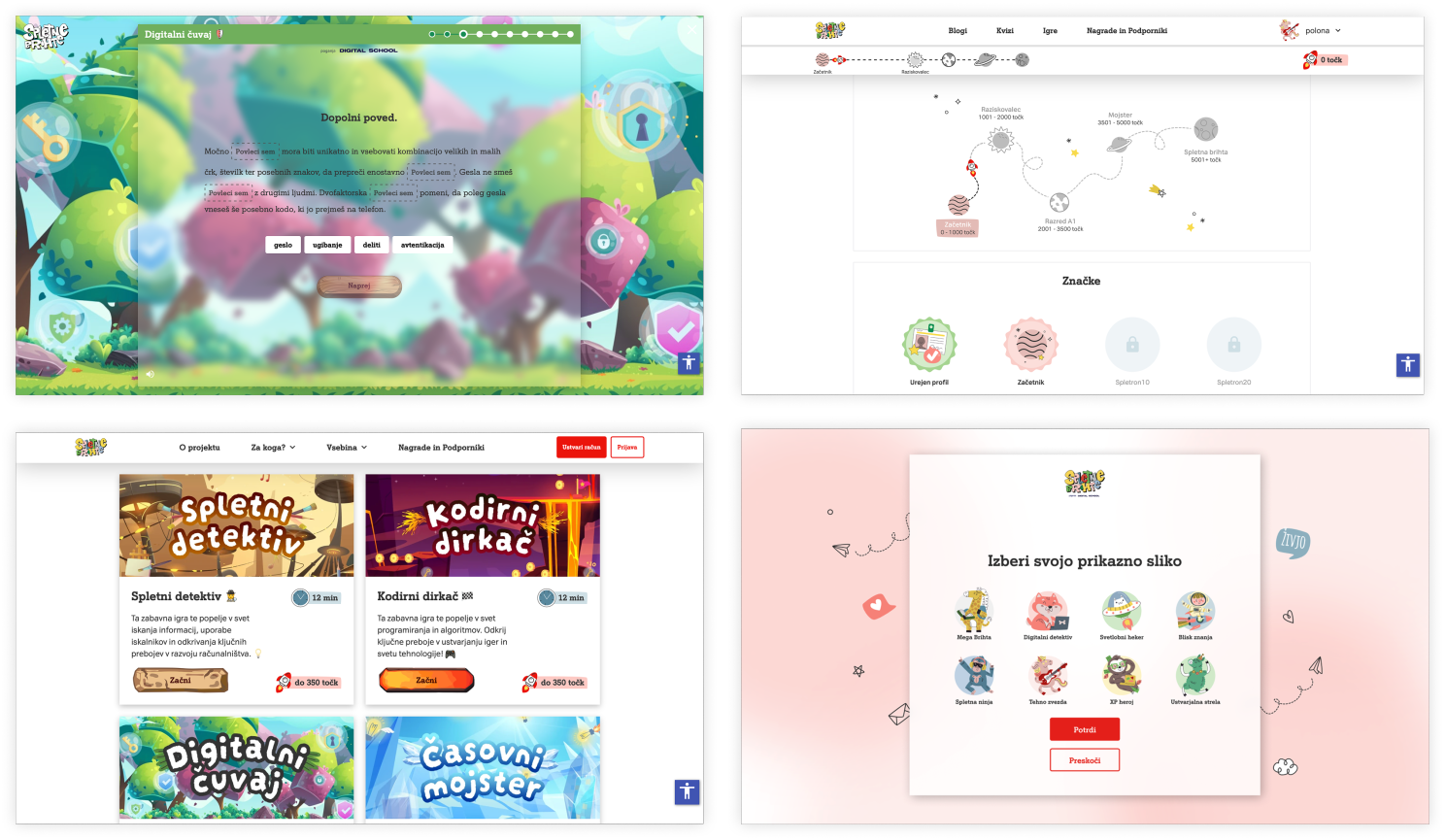
Spletne brithe Platform
That’s why families keep logging back in — it feels like a safe, educational playground that grows with the learner.
Each user type gets a tailored experience. The platform combines storytelling, tasks, and quizzes with a soft educational tone. It’s visually friendly, emotionally warm, and powered by mechanics that motivate — from progress bars to unlockable rewards.
Most importantly, it’s built for the long game, not just a single campaign burst.
Explore Spletne brihte Platform
Eduwave takes personalization seriously — and it shows at every click.
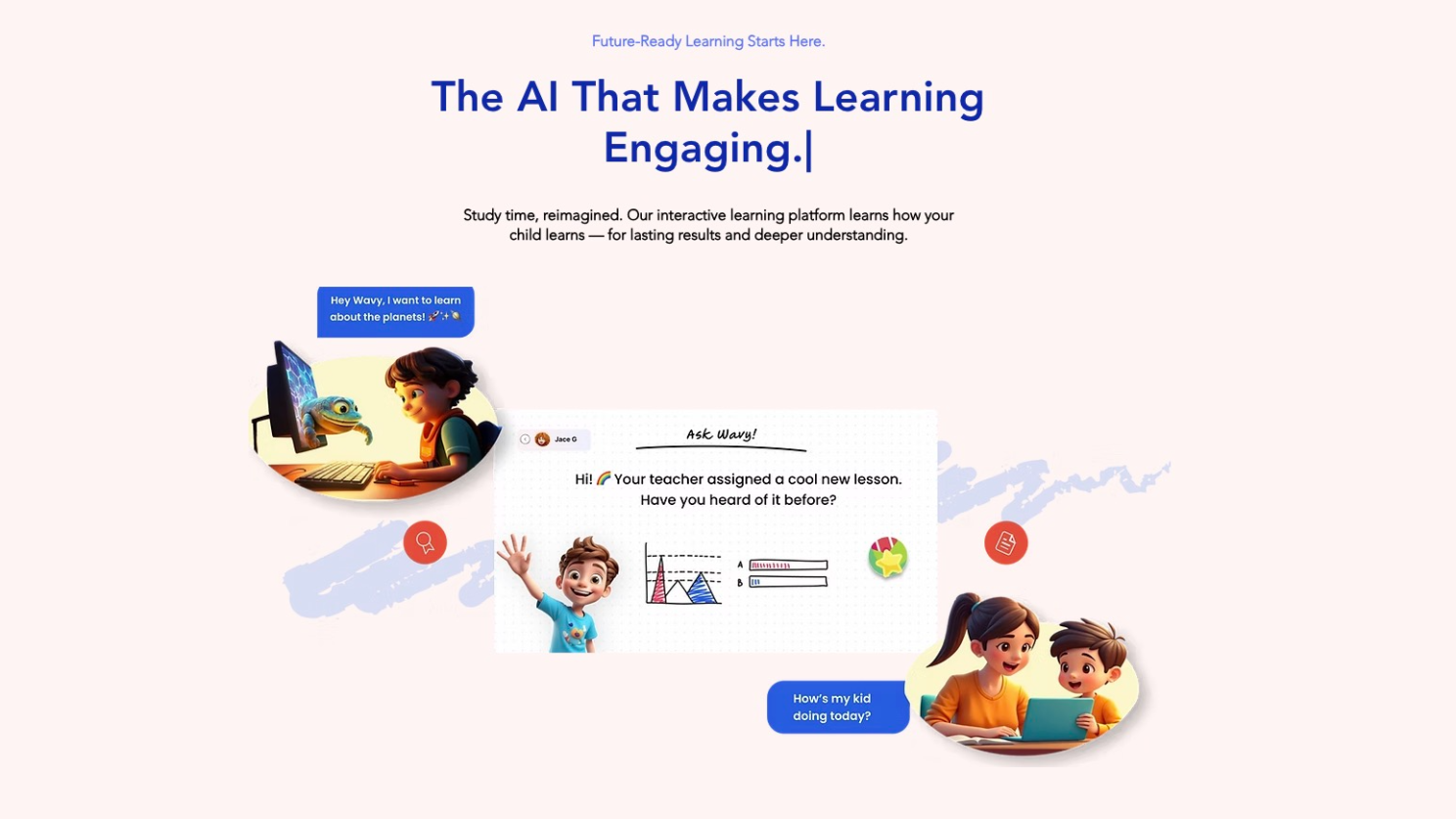
Eduwave AI Platform
Behind its cheerful interface sits a sophisticated AI engine that continuously observes how each learner interacts with content.
It analyses pace, accuracy, and even hesitation time to adjust difficulty in real time.
Lessons are dynamically restructured, questions reformulated, and hints or encouragement appear exactly when needed.
Teachers can track every learner’s journey through intuitive dashboards, assign pre-learning modules, and craft feedback tailored to specific skill gaps.
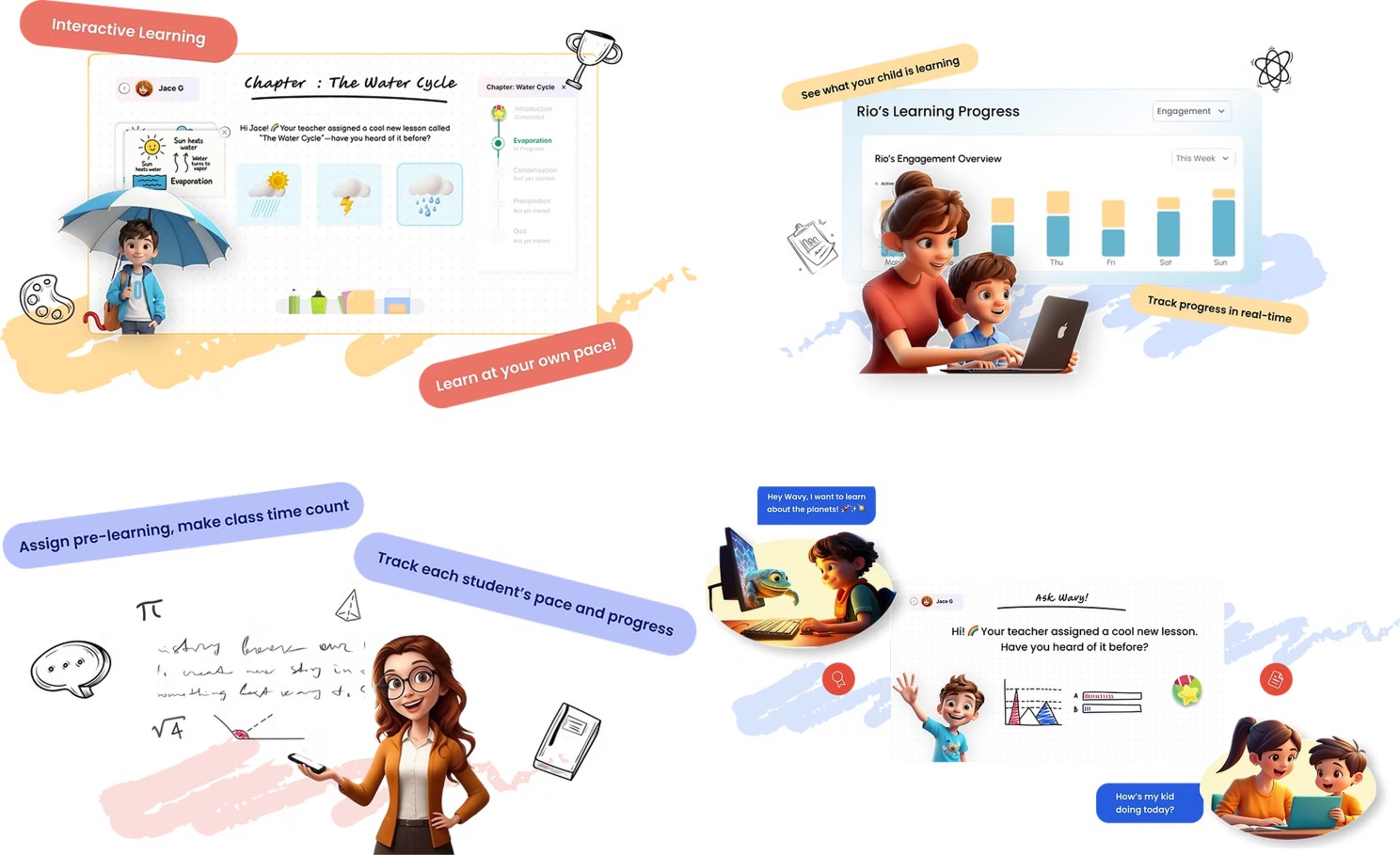
Eduwave AI Platform
For kids, this creates an experience that feels smooth, supportive, and almost magical — like having a private tutor who actually understands your rhythm, celebrates your progress, and gently nudges you forward.
Eduwave transforms data into empathy. Its adaptivity keeps frustration low, curiosity high, and confidence steadily growing.
The AI hides in the background. It lets learners simply experience flow while teachers see the bigger picture through real-time analytics.
Add in a layer of gamified motivation — badges, streaks, progress stars, and instant feedback — and you get an ecosystem that keeps everyone learning longer and smiling while they do it.
Some of the best learning happens when kids forget they’re learning at all. That’s what Animal Jam and Adventure Academy have mastered.
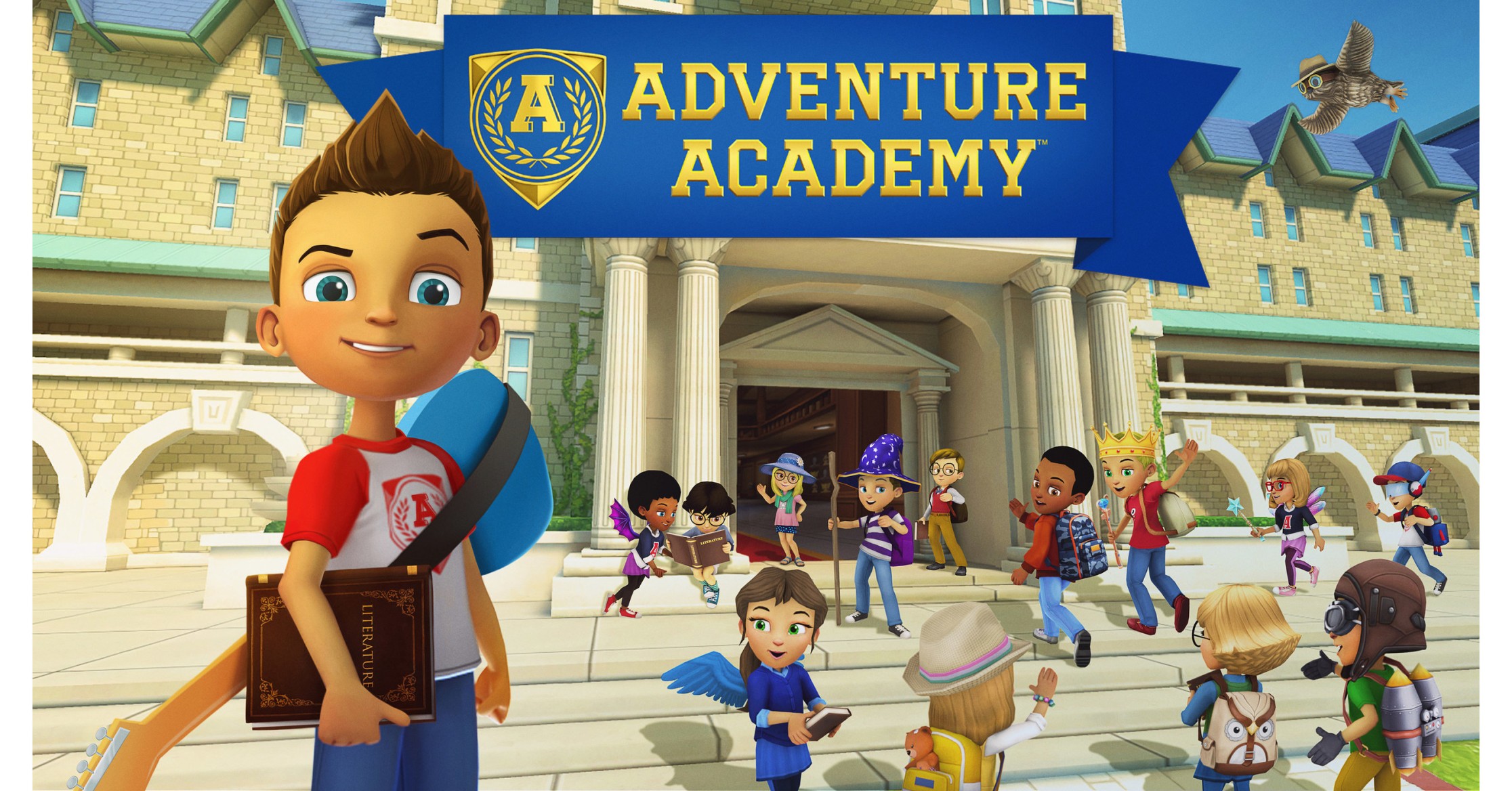
Adventure Academy Platform
Adventure Academy comes from the creators of ABCmouse. This 3D virtual campus invites kids aged 8–13 to roam an open world full of lessons, challenges, and collectables across science, language arts, and math.
The sense of discovery makes it feel like an adventure rather than coursework.
Animal Jam was originally developed with National Geographic. This unique online world lets kids create animal avatars and explore natural biomes filled with real-world facts. It’s social, cozy, and educational without ever feeling forced.
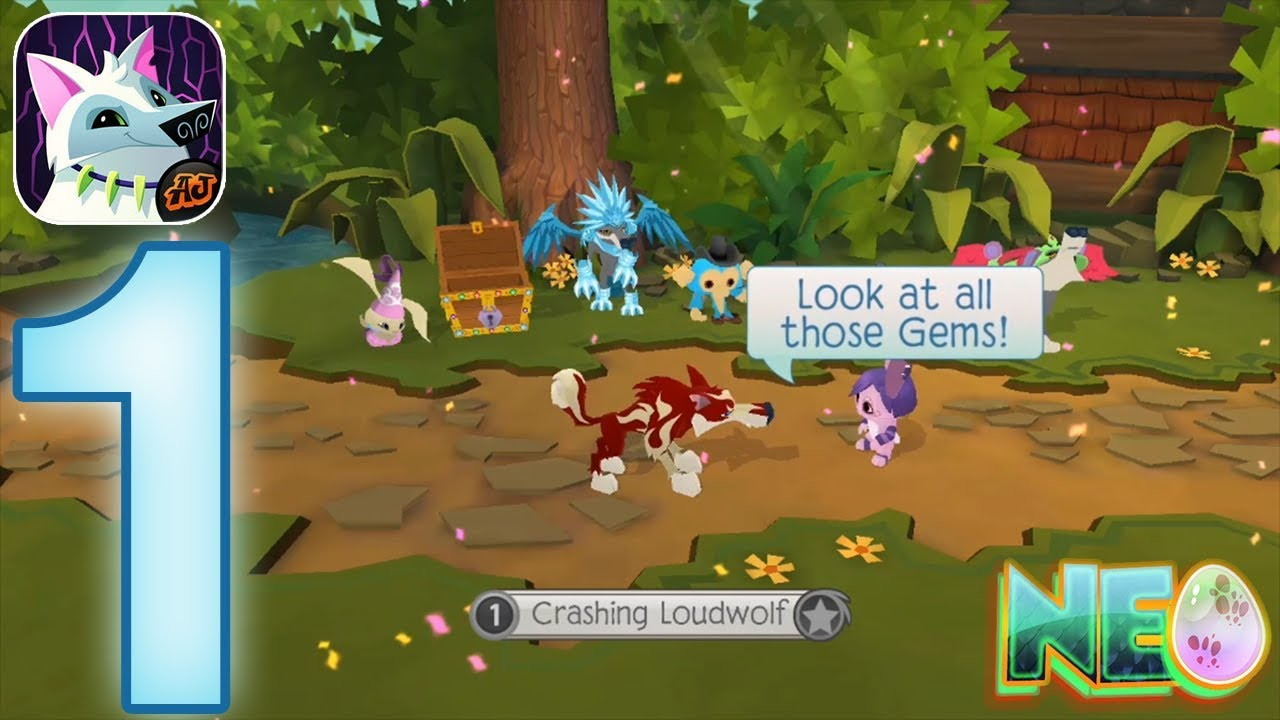
Animal Jam Platform
Both platforms give learners a sense of identity and belonging.
Progress happens naturally through exploration and play, not checklists. The social dimension (avatars, friends, achievements) adds emotional engagement, making these platforms more like communities than classrooms.
If your brand’s key target audience are families with kids, educational and interactive learning platforms are not just fun — they’re a strategic opportunity.
As you can see, when done right, they can become your owned digital community, a space where engagement turns into trust, and trust turns into valuable first-party data.
By giving people a place to learn, play, and grow together, you’re not just teaching kids — you’re building lasting relationships with the whole family.
Here's a couple of key steps to take into account and keep in mind when building such type of edutainment platform:
1. Define Core Learning Framework
2. Design Gamification Architecture
3. Develop Content & Challenge Flows
4. Configure User Profiles & Progress Tracking
5. Personalization Layer
6. UX & Flow Design
7. Retention Mechanics
8. Content Release Plan
9. Continuous Optimization
Focus on longevity and value creation.
Build your platform like a small universe that rewards curiosity, connects generations, and keeps users coming back because it feels good — not because they have to.
That’s the magic combination of education, entertainment, and connection that keeps communities thriving.
At brainylab, we’ve seen it happen first-hand: when learning feels like play, families stay longer, engage deeper, and share more.
And in that shared space between fun and purpose, brands discover something priceless — loyalty built through genuine experience.